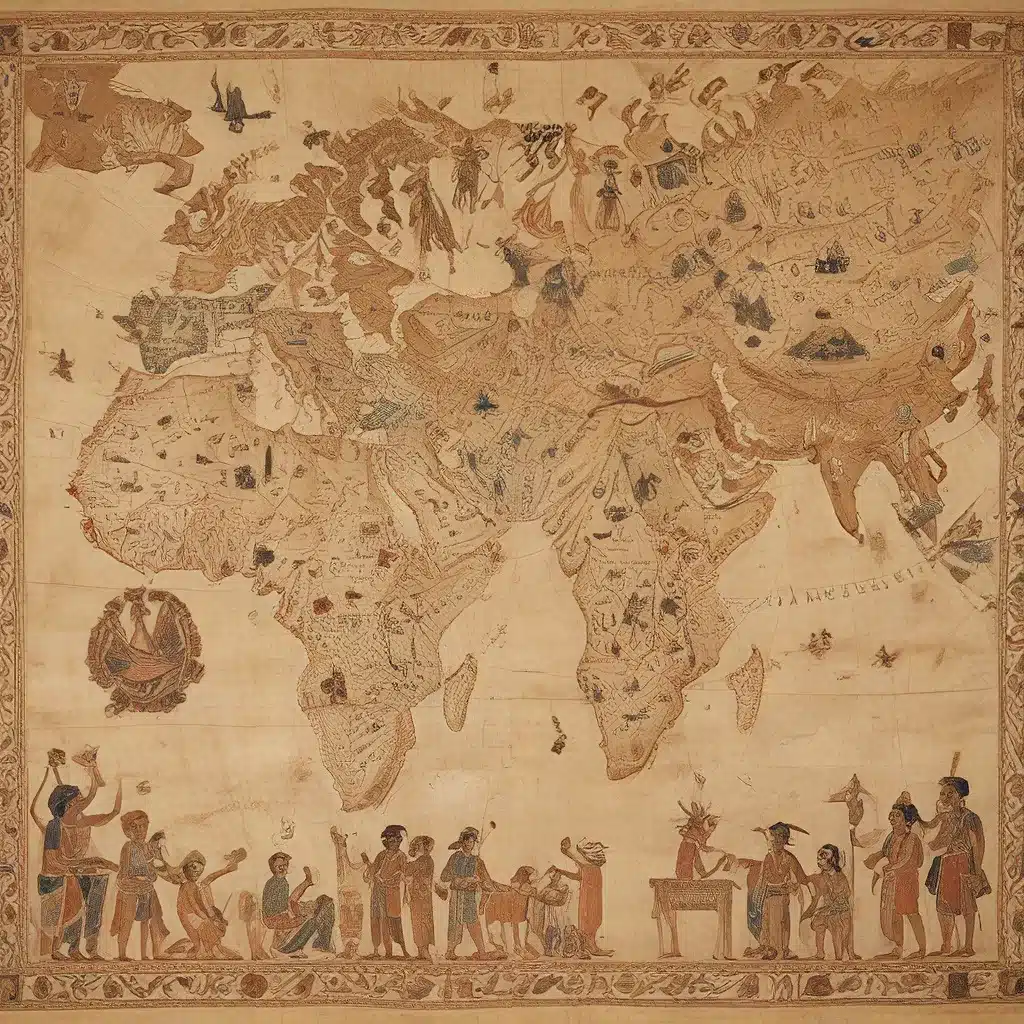
The Silk Road: A Conduit of Civilization
The story of the Silk Road is one of the most captivating narratives in human history, a testament to the power of interconnectivity and the profound impact of cultural exchange. Stretching across vast expanses, this intricate network of trade routes united civilizations, facilitated the flow of goods, ideas, and technologies, and left an indelible mark on the world.
The origins of the Silk Road can be traced back over two millennia to the Han Dynasty in China. The name itself was derived from the lucrative silk trade that flourished between China and the West, as Chinese silk, renowned for its unparalleled quality, became a highly sought-after luxury commodity. As trade along these routes expanded, the Silk Road evolved into a bridge between the East and the West, where cultures intermingled, and knowledge transcended borders.
The transmission of ideas was not one-sided; the exchange was a dynamic and multifaceted process. Buddhist monks from India traveled to China, spreading their teachings, while Greek, Persian, and Indian philosophies enriched the intellectual landscape in the East. Scholars, traders, and pilgrims traversed deserts, mountains, and seas, creating a cosmopolitan world where diversity thrived.
Technological Marvels and Innovations
The Silk Road was not merely a conduit for trade; it facilitated the exchange of technological marvels that revolutionized human progress. The Chinese art of papermaking, for instance, traveled westward, igniting a Renaissance in learning across Europe as the discovery of paper transformed the way knowledge was recorded and disseminated. Alongside paper, the compass found its way to the West, transforming navigation and exploration.
These innovations, catalyzed by the interconnectedness of the Silk Road, accelerated human advancement and heralded a new era of global interconnectedness. The exchange of knowledge, technologies, and cultural ideas along these routes laid the foundations for a more interconnected world.
Diplomacy and Conflict: The Human Drama
As trade flourished, so did diplomatic relations between the empires and kingdoms along the Silk Road. Rome, Parthia, and China engaged in a complex dance of gift-giving, treaty negotiations, and fostering cooperation. However, the Silk Road was not without its challenges, as military expeditions and the fall of empires reshaped the geopolitics of the region, disrupting the delicate balance of power.
Despite these conflicts, the resilience of Silk Road communities endured, as they maintained a careful equilibrium between diplomacy and conflict resolution. The ability of these societies to navigate the treacherous landscapes of trade and power dynamics stands as a testament to their adaptability and the enduring spirit of human cooperation.
Ecological Impact: A Balancing Act
The environmental impact of the Silk Road was not to be underestimated. As goods traversed continents, they carried flora, fauna, and diseases, altering regional ecosystems and diets. The spread of crops such as rice and oranges, as well as the introduction of new animals, transformed the landscapes along the trade routes.
Yet, in their interactions with nature, Silk Road societies also developed sustainable methods of agriculture and resource management. They pioneered oasis farming and irrigation systems, leaving a legacy of environmental stewardship that still resonates today. This delicate balance between progress and preservation underscores the enduring wisdom of the past, which can inform our approaches to sustainability in the present.
Preserving Heritage: Keeping the Silk Road Alive
While the physical routes of the Silk Road have faded with time, its legacy lives on in the cultural heritage and identity of the regions it once traversed. UNESCO has recognized key sites along the Silk Road as World Heritage, ensuring the preservation of this rich history for future generations.
In contemporary times, the revival of interest in the Silk Road has also led to initiatives such as the Belt and Road Initiative, which seeks to revive and expand the ethos of connectivity and cooperation that defined this historical network. These efforts underscore the enduring relevance of the Silk Road and its ability to inspire us to seek common ground, embrace diversity, and forge a future of mutual understanding.
Conclusion: Threads of the Past, Threads of the Future
The Silk Road stands as a testament to humanity’s capacity for exchange, cooperation, and progress. It was more than a route for traders; it was a bridge of civilizations, a conduit for the flow of ideas, technologies, and cultural traditions that have shaped the world we inhabit today.
As we reflect on the historical significance of the Silk Road, we are reminded of the power of collaboration and the potential for global unity in shaping a better world for all. The spirit of the Silk Road continues to inspire us, urging us to seek common ground, embrace diversity, and forge a future where the threads of our shared humanity are woven into a tapestry of mutual understanding and prosperity.
Explore the The Lost Kingdoms website to uncover more captivating stories from the annals of history and archaeology.


